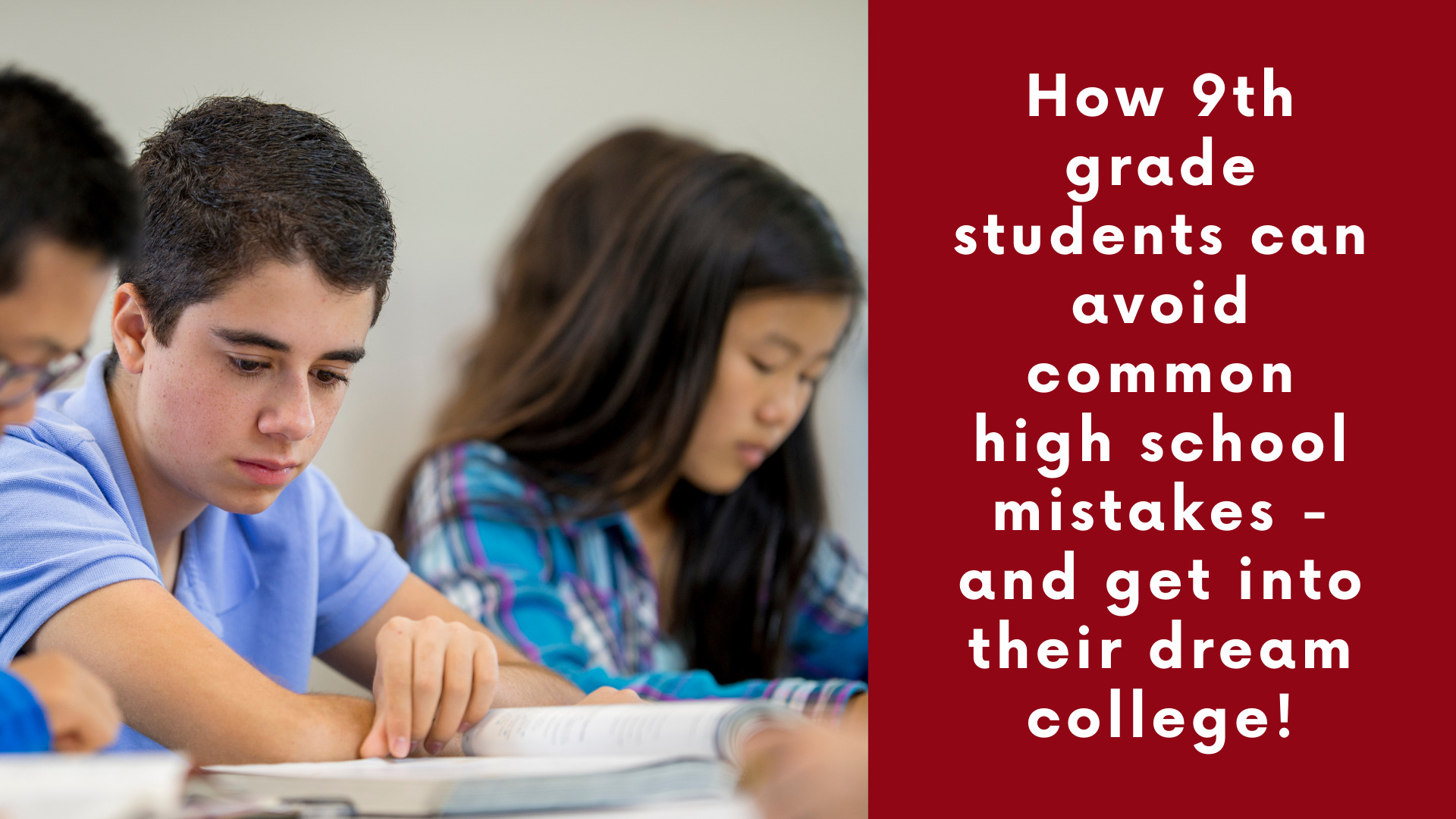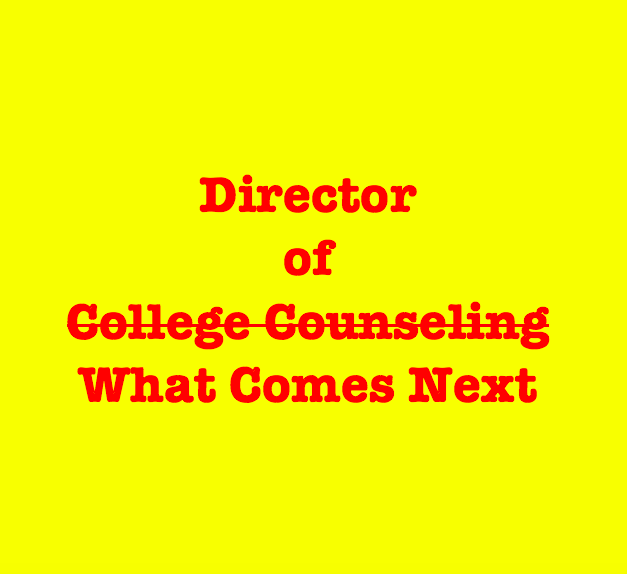 One decision you make in eleventh grade, your third year in high school, will directly influence your chances of getting into an Ivy League or similarly selective college or university when you are a high school senior.
One decision you make in eleventh grade, your third year in high school, will directly influence your chances of getting into an Ivy League or similarly selective college or university when you are a high school senior.
If you don’t make time to focus on this one endeavor during your junior year, you won’t be meeting your college admissions potential. In the process you will be kissing Ivy League colleges and similarly selective American colleges and universities goodbye – particularly if this misstep is coupled with similarly destructive mistakes in 9th grade, 10th grade, or 12th grade.
Yet, in an ideal scenario, you won’t be making any major academic, extracurricular, or personal missteps throughout high school. As they say, “an ounce of prevention is worth a pound of a cure.” Why get yourself into unnecessary trouble or cause yourself needless anxiety or stress later in high school just because you didn’t know that certain decisions that you make as a high school freshman, sophomore, junior, or senior could actually turn out to be mistakes serious enough to derail your smooth sail towards achieving your post-high school goals?
If you are a student (or a parent of a student) who wants to proactively and wisely tackle every challenge high school throws your way and reach your college admissions potential, the best advice I can give you is to meet with me for a Strategy Session as soon as possible.
A Strategy Session is for students and parents who desire expert and peer guidance as they navigate the college admissions process, which actually begins the moment a student starts high school! Students and parents who take part in a Strategy Session are encouraged to ask their current college admissions questions, discuss where they are in the process, and clarify what they are most concerned about or unclear on as it relates to the college admissions process. My goal is to ensure families leave each session armed with the knowledge they need to make the most of every opportunity presented to them until we meet again.
During your Strategy Session, you’ll gain access to timely best-in-class college admissions counseling that will empower you to make the right moves regarding academics, testing, extracurricular activities, and college applications in order to meet with future college admissions success. Since we’ll have limited time together, I am direct as possible during a Strategy Session, so get ready to bust the most common college admissions myths and prepare to glide through the entire college admissions process calm, cool, and collected.
Consider having a Strategy Session an amazing insurance policy to protect against the lack of college guidance or downright poor college counseling many students experience during their four years – but especially during their first two years – in high school. After all, an ounce of prevention is worth a pound of a cure – especially if that cure comes too late (which from my experience is too often the case with students who only start getting good or better college counseling in 11th grade or later).
What are you waiting for? Schedule your Strategy Session with me today.

 One decision you make in tenth grade, your second year in high school, will directly influence your chances of getting into an Ivy League or similarly selective college or university when you are a high school senior.
One decision you make in tenth grade, your second year in high school, will directly influence your chances of getting into an Ivy League or similarly selective college or university when you are a high school senior. One major decision that you make in ninth grade, your first year in high school, will directly influence your chances of getting into an Ivy League or similarly selective college or university when you are a high school senior.
One major decision that you make in ninth grade, your first year in high school, will directly influence your chances of getting into an Ivy League or similarly selective college or university when you are a high school senior.

 There is no doubt that something is very broken in American secondary and tertiary education. Over each of the last fourteen admissions cycles, I have helped students from around the corner and around the world navigate the college admissions process and tackle the full time of job of applying to American colleges and universities.
There is no doubt that something is very broken in American secondary and tertiary education. Over each of the last fourteen admissions cycles, I have helped students from around the corner and around the world navigate the college admissions process and tackle the full time of job of applying to American colleges and universities. Yet, most of all, I will feel great for the young men and women I work with every day because once they see a four-year college or university is not the be all end all, maybe some of them will calm down, drop out of a few of their extracurricular activities, and use their spare time to pick up and read a book like Great Expectations or Candide or go on YouTube and watch for free the full thirteen installments of Civilisation: A Personal View by Kenneth Clark. There is no doubt that after doing so students will be closer to gaining a healthy perspective on life than they ever could playing America’s obscene college admissions game.
Yet, most of all, I will feel great for the young men and women I work with every day because once they see a four-year college or university is not the be all end all, maybe some of them will calm down, drop out of a few of their extracurricular activities, and use their spare time to pick up and read a book like Great Expectations or Candide or go on YouTube and watch for free the full thirteen installments of Civilisation: A Personal View by Kenneth Clark. There is no doubt that after doing so students will be closer to gaining a healthy perspective on life than they ever could playing America’s obscene college admissions game.
 Each year, thousands of high school students across the country gain valuable hands-on laboratory and research experience by interning for a variety of academic, government and nonprofit organizations engaged in scientific research.
Each year, thousands of high school students across the country gain valuable hands-on laboratory and research experience by interning for a variety of academic, government and nonprofit organizations engaged in scientific research.